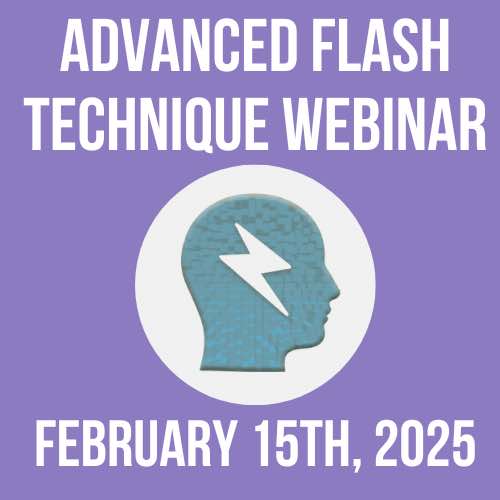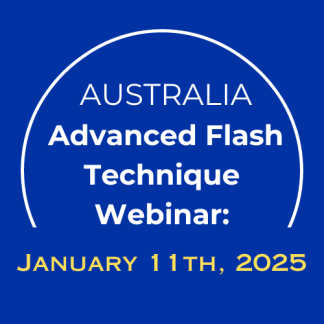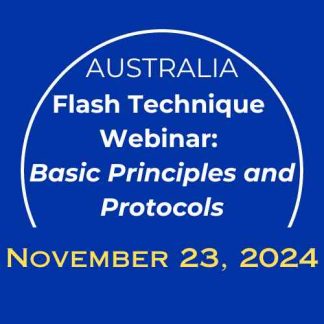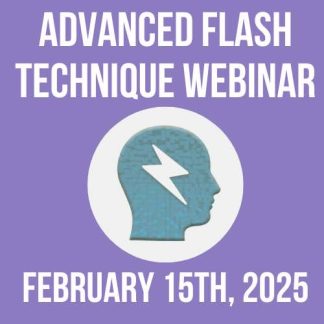Description
Advanced Flash Technique Webinar
Time: 9:00 AM to 4:30 PM Pacific Time
Date: February 15th, 2025
Presenters: Philip Manfield, Ph.D. and Lewis Engel, Ph.D.
The Flash Technique was introduced in January of 2017 as an adjunct to the EMDR standard protocol, and we are excited about how the technique has evolved and improved since then. In particular, with ten published papers in peer-reviewed journals, including four randomized controlled trials, and several more seeking publishers, Flash can now be considered evidence-based. It can be used by any trauma-trained therapist to make disturbing memories less disturbing. Publications in peer-reviewed journals have documented its use with earthquake victims, health care providers working with COVID-19 patients, dissociative identity disorder, highly dissociative homeless men, motor vehicle accidents, and complaints of traumatic life events.
If you took one of our first webinars, this advanced webinar is an opportunity to improve your skills at conducting the Flash Technique and get up to speed on recent advances and research. Using video clips, experiential exercises, live demonstrations, and didactic presentation, participants will be introduced to more advanced principles and applications of the Flash Technique, including current research, subconscious processing, interactive positive engaging focus (PEF), the treatment of preverbal trauma (demonstrated in a clinical video), processing extreme forms of dissociation and overwhelmingly disturbing memories, group Flash treatment, and use of the Flash Technique outside of the structure of EMDR to reduce distress from a disturbing memory.
What will be addressed in this Advanced Webinar
- Changes to the Flash protocol in recent months
- Flash Technique as an EMDR-inspired independent evidence-based protocol
- Getting the target right
- Use of Cognitive Interweave in Flash
- Integrating EMDR desensitization techniques into Flash
- Q&A: Troubleshooting/problem solving
- Live demos and videos of the updated Flash Technique
Cost: $119 (Optionally, 6 hours of CE credits will be an additional $10)
Prerequisite: Participants must have taken a 6-hour standard Flash Technique workshop or webinar.
This will be a webinar. You will receive sign-in information when you register. It will be video recorded, and you will have the opportunity to review the video as many times as you like for one month following the live presentation. If you cannot participate in the live webinar you can watch the recording and still be eligible for continuing education credits.
Attendees will be able to:
- List ten published papers in peer reviewed journals that support the safety and effectiveness of the Flash Technique.
- Identify 2 reasons why interactive discussion of the positive engaging focus with the client contributes to more effective processing.
- Explain 3 features of the Flash Technique that make it highly suitable for processing extreme forms of dissociation and overwhelming disturbing memories.
- Describe the 6 steps of a somatic bridge and how it can be used to find touchstone memories suitable for use with the Flash Technique.
Continuing education: Philip Manfield has been approved by the APA to provide continuing education to psychologists. Philip Manfield maintains responsibility for this program and its content. APA approval is recognized by the licensing organizations of many states for the purposes of continuing education. This training is also approved by EMDRIA for 6 hours of CE credits.
Refund Policy: Fees are fully refundable minus the payment processing fee until 2 weeks prior to the beginning of the training, after which all fees paid are non-refundable.




